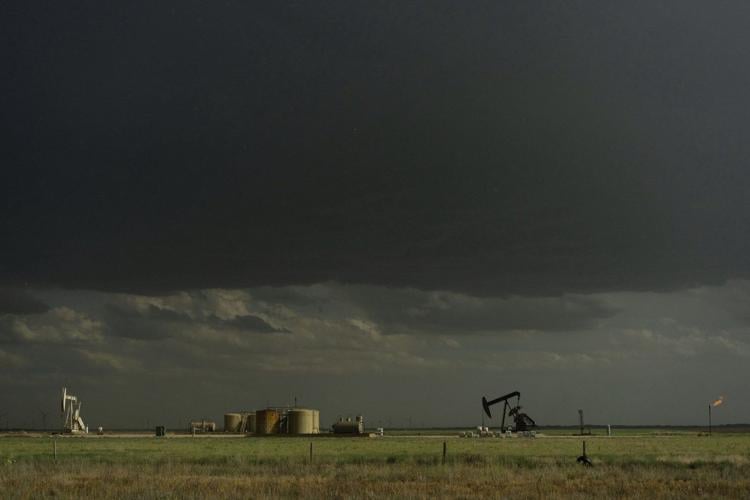Studying Hailstorms: A Scientific Mission

About the Organizations Mentioned
AP
The Associated Press (AP) is a **global, not-for-profit news cooperative** headquartered in New York City, founded in 1846 by five New York newspapers to provide faster news delivery during the Mexican-American War. It operates as a cooperative unincorporated association, distributing news to its members, major newspapers, broadcasters, and subscribers worldwide[1][2][4]. AP is one of the oldest and most respected news agencies with a vast global presence: it maintains about 235 bureaus in 94 countries and publishes content in English, Spanish, and Arabic. Its journalism reaches over four billion people daily, with more than 400,000 stories, 80,000 videos, and 1.2 million photos produced annually[2]. As of 2025, its website attracts over 128 million monthly visits, ranking it among the top 10 U.S. news websites[1]. Known for its **unbiased, fact-based reporting**, AP champions press freedom, journalist safety, and intellectual property protection. It has won **59 Pulitzer Prizes**, including 36 for photography, reflecting its high journalistic standards and impact[1][3][4]. AP’s content spans breaking news, sports polls, election coverage, and enterprise reports, and it also publishes the widely used *AP Stylebook*. Throughout its history, AP has been a pioneer in journalism, covering major historical events from Abraham Lincoln’s assassination to contemporary global conflicts. It has successfully navigated 21st-century challenges, including the decline of local newspapers and political controversies, while maintaining editorial independence[2][3]. Governed by an executive leadership team and board of directors, AP continues to innovate and uphold its mission to advance “the power of facts” for a worldwide audience. It also supports journalists through initiatives like the AP Emergency Relief Fund to assist colleagues affected by conflict or disaster[2][4]. Its reliability and minimal bias have been recognized by independent media rating organizations, confirming its position as a








